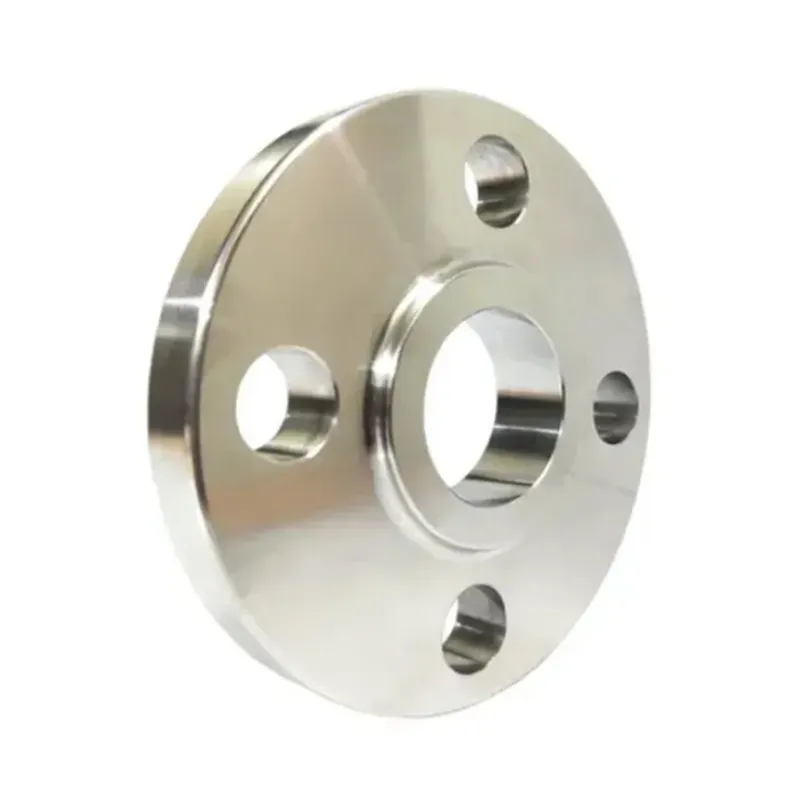-
Cangzhou Yulong Steel Co., Ltd.
-
Phone:
+86 13303177267 -
Email:
admin@ylsteelfittings.com
- English
- Arabic
- Italian
- Spanish
- Portuguese
- German
- kazakh
- Persian
- Greek
- French
- Russian
- Polish
- Thai
- Indonesian
- Vietnamese
- Zulu
- Korean
- Uzbek
- Hindi
- Serbian
- Malay
- Ukrainian
- Gujarati
- Haitian Creole
- hausa
- hawaiian
- Hebrew
- Miao
- Hungarian
- Icelandic
- igbo
- irish
- Japanese
- Javanese
- Kannada
- Khmer
- Rwandese
- Afrikaans
- Albanian
- Amharic
- Armenian
- Azerbaijani
- Basque
- Belarusian
- Bengali
- Bosnian
- Bulgarian
- Catalan
- Cebuano
- China
- China (Taiwan)
- Corsican
- Croatian
- Czech
- Danish
- Esperanto
- Estonian
- Finnish
- Frisian
- Galician
- Georgian
- Kurdish
- Kyrgyz
- Lao
- Latin
- Latvian
- Lithuanian
- Luxembourgish
- Macedonian
- Malgashi
- Malayalam
- Maltese
- Maori
- Marathi
- Mongolian
- Myanmar
- Nepali
- Norwegian
- Norwegian
- Occitan
- Pashto
- Dutch
- Punjabi
- Romanian
- Samoan
- Scottish Gaelic
- Sesotho
- Shona
- Sindhi
- Sinhala
- Slovak
- Slovenian
- Somali
- Sundanese
- Swahili
- Swedish
- Tagalog
- Tajik
- Tamil
- Tatar
- Telugu
- Turkish
- Turkmen
- Urdu
- Uighur
- Welsh
- Bantu
- Yiddish
- Yoruba

Nov . 19, 2024 22:49 Back to list
Understanding Stainless Steel Butt Weld Techniques and Applications in Modern Fabrication
Understanding Stainless Steel Butt Welds
Stainless steel butt welds are a critical component in various industrial applications, particularly in the fields of manufacturing, construction, and piping systems. These types of welds are essential for creating strong, durable connections between two pieces of stainless steel, which is highly regarded for its corrosion resistance, strength, and aesthetic appeal. This article explores the significance of butt welds, their advantages, and essential considerations during the welding process.
What is a Butt Weld?
A butt weld is a type of weld used to join two pieces of material by aligning them edge-to-edge and welding the joint together. This welding technique is widely used due to its straightforward approach and the strength of the resultant joint. In the context of stainless steel, butt welds are particularly favorable because they provide a smooth, clean finish that is resistant to corrosion and wear, making them ideal for applications where hygiene and strength are paramount.
Advantages of Stainless Steel Butt Welds
1. Strength and Durability Stainless steel exhibits high tensile strength and remarkable durability. When properly executed, a butt weld can provide a joint that is as strong as or stronger than the parent material itself. This characteristic is crucial in high-stress applications, such as pipelines in the oil and gas industry.
2. Corrosion Resistance Stainless steel is known for its resistance to various chemical and environmental factors. Butt welding stainless steel components helps maintain the material's inherent properties, ensuring that the welded joint is resistant to rust, corrosion, and chemical degradation, which is especially important in food processing and pharmaceutical applications.
3. Aesthetic Appeal The smooth finish of a properly executed butt weld creates a visually appealing look. This aesthetic characteristic is essential in applications where the visual aspect is as important as functionality, such as in architectural designs or high-end kitchen equipment.
4. Versatility Stainless steel butt welds can be used in various applications, from thin-walled tubes to heavy-duty structures. Their versatility makes them an excellent choice for a wide range of projects, including boilers, heat exchangers, and piping systems.
stainless steel butt weld

Considerations in the Welding Process
While stainless steel butt welds offer numerous advantages, careful consideration must be given to the welding process to ensure quality and integrity. Here are some key factors to consider
1. Preparation of the Material The surfaces to be welded must be clean and free of contaminants such as oil, rust, and dirt. Proper preparation can greatly affect the quality of the weld and the overall durability of the joint.
2. Welding Technique There are various welding techniques suitable for stainless steel, including TIG (Tungsten Inert Gas) and MIG (Metal Inert Gas) welding. The choice of technique depends on the specific application, material thickness, and desired weld quality.
3. Heat Input Controlling heat input is critical to avoid distortion or warping of the stainless steel. Excessive heat can lead to changes in the metallurgical structure, negatively affecting the corrosion resistance and mechanical properties of the material.
4. Post-Weld Treatment After welding, the joint may require post-weld treatments, such as passivation, to enhance corrosion resistance. These treatments can also improve the appearance of the weld, ensuring it meets aesthetic requirements.
Conclusion
Stainless steel butt welds are fundamental in creating strong and durable connections in various industries. By understanding the advantages and considerations involved in the welding process, manufacturers can leverage stainless steel’s remarkable properties to produce high-quality products that meet stringent performance and aesthetic standards. With careful attention to detail and the right techniques, stainless steel butt welds can deliver exceptional results that stand the test of time.
Latest news
-
ANSI 150P SS304 SO FLANGE
NewsFeb.14,2025
-
ASTM A333GR6 STEEL PIPE
NewsJan.20,2025
-
ANSI B16.5 WELDING NECK FLANGE
NewsJan.15,2026
-
ANSI B16.5 SLIP-ON FLANGE
NewsApr.19,2024
-
SABS 1123 FLANGE
NewsJan.15,2025
-
DIN86044 PLATE FLANGE
NewsApr.19,2024
-
DIN2527 BLIND FLANGE
NewsApr.12,2024
-
JIS B2311 Butt-Welding Fittings LR/SR 45°/90° /180°Seamless/Weld
NewsApr.23,2024











